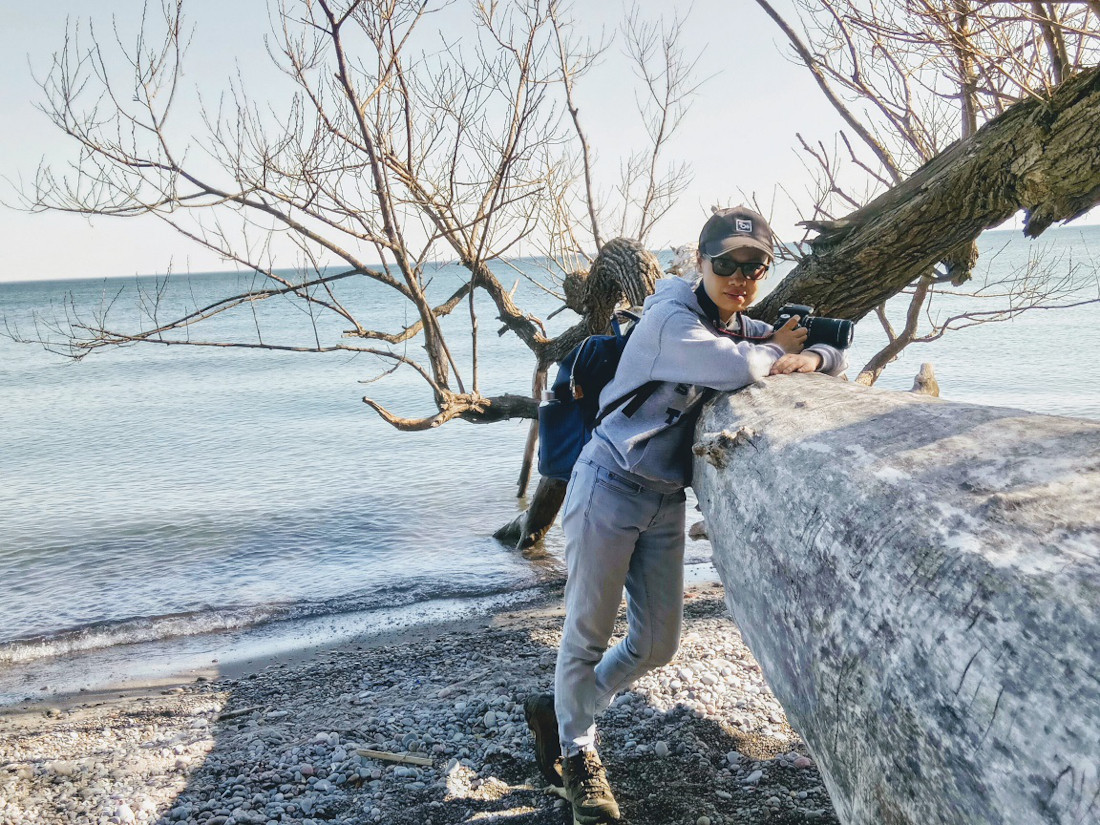PROFile: An icon and a commodity
Yongshan He, assistant professor, Faculty of Arts, University of Winnipeg
Supplied photo
“It’s the place in China known for its spicy food,” she says.
A PhD candidate at the University of Toronto, He’s focus is Chinese Buddhism. Interested in the connection between Buddhist materials and the history of emotion, she specializes in Buddhist material culture.
“It’s the study of all the material things related to Buddhism, so it’s things like statues, art and religious objects,” He says.
The history of emotion is a new field of study. For instance, the Max Planck Institute for Human Development seeks to answer questions about whether emotions have and make history.
“It’s the study of the variations of emotional experience and concepts under different historical, social and cultural contexts,” He explains.
In 2019, He published a paper on the commoditization of the sacred in reference to Buddhist statues. The paper begins with the question “What was a Buddhist statue in medieval China?”
“The statue is a religious icon, but it was also a commodity to be produced and traded in the market. So there is this contrast to it being both sacred and also profane. This ambiguity of its status made it possible for people to engage with statues in different ways,” He says.
She teaches Buddhism in East Asia, Chinese culture and Chinese language. He says her courses attract students from different disciplines and varying backgrounds.
“There’s a diversity of students majoring in different fields. I think their general interest is exploring the religious culture of East Asia,” He says.
In her personal life, He sometimes practices Buddhist meditation.
In the West, “it’s more famous as Zen Buddhism. It’s a Japanese transliteration of the original Chan tradition,” He says.
—
If you could travel anywhere, where would you go?
“Space.”
What is the best thing about your work?
“Smaller classes, which allow for discussions on Buddhism.”
If you could have any superpower, what would it be?
“Resistance to the cold.”
Published in Volume 76, Number 20 of The Uniter (March 10, 2022)






